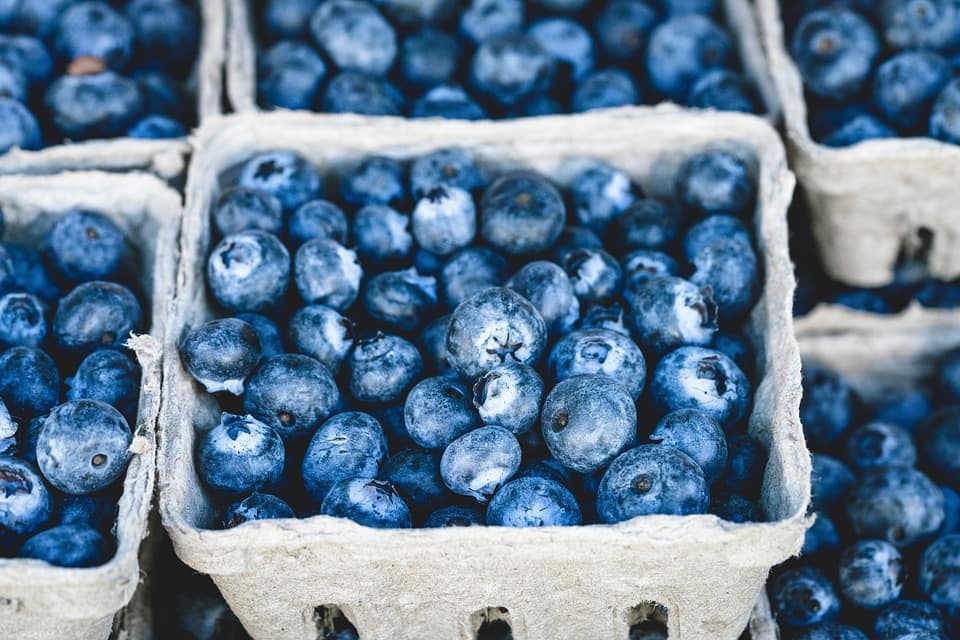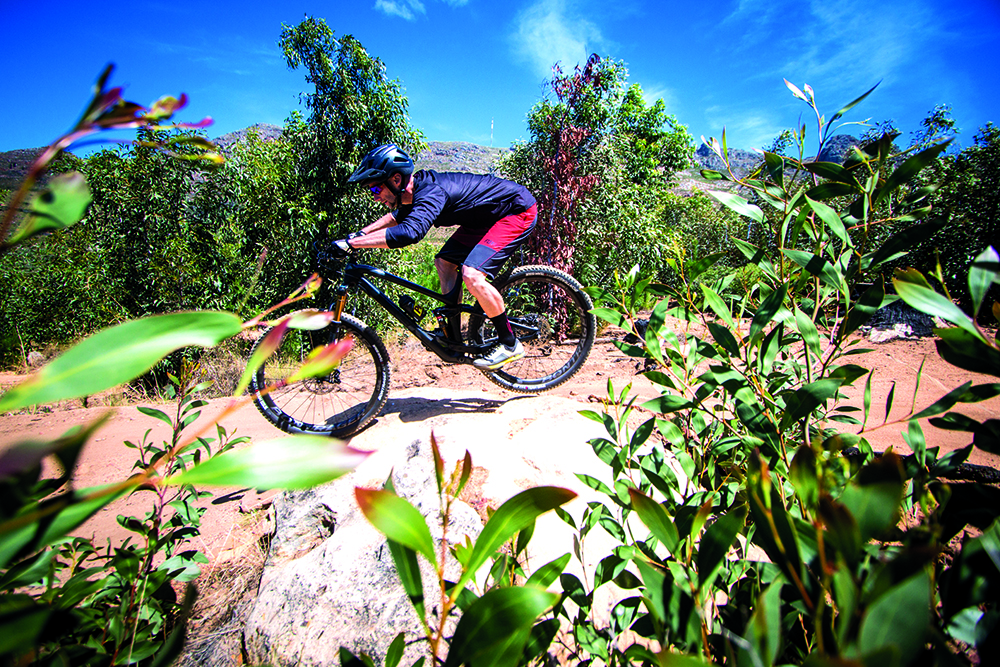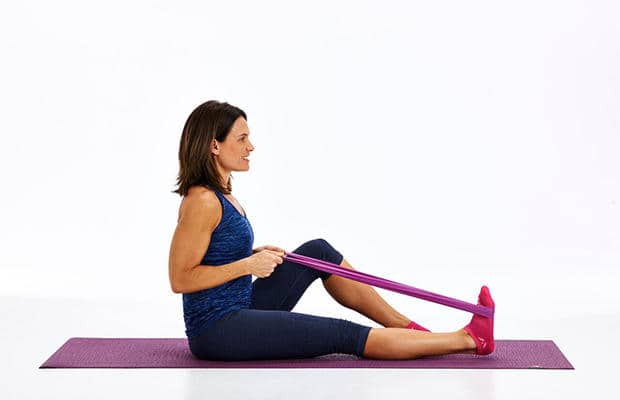Proper nutrition, training, and recovery can help you fend off delayed onset muscle soreness and have more fun.
Source: https://www.bicycling.co.za/health/how-to-get-rid-of-sore-muscles-for-good/ – used in full without any changes and without permission.
It’s the day after a you sprinted a few extra hill repeats, survived a long-overdue squat session, or finally got back into your cycling routine, and your muscles feel like they are made of rocks lodged between your bones. You can thank a condition called delayed onset muscle soreness (DOMS) for that.
Feeling sore after a hard ride is normal – even if it shows up a day or two after you’ve stopped pedalling. Delayed onset muscle soreness describes the achy sensation felt 24 to 48 hours after exercise, the cause of which is not exactly known. Many believe it’s the result of exercise-induced muscle damage or microscopic tears as a result of eccentric movement (when the muscle lengthens versus shortens, known as concentric).
For example, pushing down on the pedals is an eccentric movement for your hamstrings, which lengthen with every stroke. DOMS is common in cyclists because of that movement, especially after harder workouts, says Oliver Witard, Ph.D., senior lecturer in Nutrition and Exercise Metabolism at the University of Stirling and part of the Gatorade Sports Science Institute’s extended network of experts.
Muscle soreness may also be a result of inflammation, a necessary part of cellular repair and recovery, which lessens as we adapt to exercise. But the degree of your DOMS discomfort doesn’t need to be so extreme that you avoid training because of it. “DOMS is a natural occurrence, but you can control it so it doesn’t affect your workout the next day,” says physical therapist Gary Guerriero, co-owner of the U.S. Athletic Training Centre. Adopting smart strategies that fit your lifestyle can make huge differences in your pain levels. “Consistency is key – whatever you’re doing, if you’re consistent, it will help you,” Guerriero adds.
Although some soreness is normal, you don’t necessarily want to celebrate DOMS. “Feeling sore after a workout can feel like validation that you worked hard, [but] you shouldn’t seek that after every workout,” says Dr. Blair Callaghan, DPT, of Washington Wellness Physical Therapy & SportsCare. “DOMS is a sign of damage and fatigue.”
“You sprain your ankle then you’re going to walk differently; if you have DOMS then you’re going to exercise differently,” she adds. “You sit in the saddle differently, you pedal differently, and you exert energy differently – and that’s how you end up injured. There’s no long-term or short-term benefit to being sore, so let your muscles catch up to the workload. Just because you’re not sore doesn’t mean you aren’t getting stronger.”
We tapped a panel of experts including Witard, Guerriero, and Callaghan to help you prevent DOMS with nutrition and lifestyle changes, tips to ride in a way that produces less soreness, and post-ride recovery tricks. Get ready to get rid of sore muscles and make your training schedule stick.
Sore Muscle Prevention

Cross-Training Is Good Medicine
For many of us, saddle time is sacred, but we can become stronger riders by supplementing cycling – even exchanging it – with other activities.
“It’s really difficult to say, ‘I’ll skip my ride and go to the pool and swim’ when that ride is what you look forward to doing,” Callaghan says. “But if you commit a day or two a week to lifting weights and supporting stabilising muscles, you’ll be a healthy, well-rounded athlete, and I guarantee you’ll see improvement on the bike.” She recommends cyclists take one or two days a week to weight-train, do yoga, swim, or jog to vary muscle utilisation and decrease stress on cycling-specific muscles.
Eat More Antioxidants
There’s been some scrutiny of the claim that antioxidants decrease inflammation, but significant research suggests antioxidants blunt cell damage by strengthening the immune system and interrupting the domino-like damaging effects of free radicals that contribute to initial soreness and DOMS. However, foods containing antioxidants like vitamins A, C, and E – blueberries, pomegranates, and cherries, Witard says – offer benefits outside of antioxidants, so you might as well dig in.
Up Your Intake of Healthy Fat
Fat helps keep our cells intact. “Omega-3s like those in fish oil incorporate themselves into the cell membrane of the muscle and form a barrier, and they may preserve the cell membrane’s integrity,” Witard says. The alternative is leaky cells that spill an enzyme called creatine kinase into your system, which contributes to muscle aches and cramps. Fatty fish (not fish oil supplements) pack the most significant amount of omega-3s, though the fish-uninclined can resort to foods like flax seeds and spinach.
Consider Supplementing With Vitamin D
Witard also recommends adding vitamin D to your diet, which recent studies have identified as a key agent in expediting muscle repair. Other studies have seen vitamin D improve muscle function and protect against injuries. Choose foods like fatty fish and dairy products for a vitamin D boost.
Graze on Protein
You will best limit DOMS if you eat protein throughout the day, says Nate Dunn, a USAC Level 1 certified coach. Aim for 20 to 30 grams of protein every three hours. When you are “dosing” with protein all day, you are providing your muscles with a steady stream of amino acids – the building blocks of healthy muscle. It doesn’t have to be a complicated protein shake – snack on Greek yoghurt, nuts, or whatever protein-source you like best.
What to Do On the Bike

Start Slow
The most basic rule of preventing muscle damage is using progression. “You get DOMS when you bite off more than you can chew while training,” Dunn says. “Figure out where you’re coming from and work from there. Are you lean? Overweight? Active? Coming back from an injury? Honestly assess where you’re at.” If you’re coming off the couch, he says, ride three times a week at most, with each ride lasting between 60 and 90 minutes. Utilising a steady, progressive loading strategy is ideal for getting stronger without overwhelming your body.
Spin, Don’t Push
Maintaining a higher cadence will “minimise the amount of torque transferred to your joints and overall stress on your muscles,” Dunn says. “You want to stay in the 90 rpm range and get comfortable there before you start doing sprint intervals.”
Know Your Limits – Then Push Them
“There’s no problem with overreaching and giving yourself a big workout or a hard week of training, but after you overreach, accept that you wont feel as good,” says Dr. Stuart Phillips, a professor of kinesiology at McMaster University and fellow of the American College of Sports Medicine and the American College of Nutrition. “You have to scale back after pushing the limit so you don’t go over the edge and end up with a muscle injury. If you can do that, a week or two down the road you’ll have improved fitness since your muscles have been pushed and had the opportunity to rebuild. Successive big weeks are overdoing it. And overdoing it is overtraining.”
What to Do After You Ride

Refuel the Right Way
Our bodies use amino acids from protein to repair exercise-induced muscle damage. Supplement that process with a protein-packed snack between 30 and 60 minutes after working out, and then keep “dosing” to minimize DOMS. Nanci Guest, lead dietician for the Pan Am Games, recommends eating around 20 grams of protein after your workout for optimal recovery. Choose snacks with whey protein for best results; whey contains the amino acid leucine, which helps initiate muscle protein synthesis.
Foam-Roll the Pain Away
Muscles fibres can knot up after exercise, but we can help them function more smoothly by breaking up these adhesions and scar tissue with self-massage using a foam roller.
“I’m a huge fan of the foam roller,” Callaghan says. “It mimics a soft tissue massage and increases blood flow and nutrition to injured muscles and heals them faster.”
Most foam rollers usually cost less than R700, and come in various sizes; that initial investment definitely pays off when you can soothe and prevent aches anywhere, any time. Roll out on the go or in front of your favourite Netflix show for significantly less dough than a regular professional massage. “There’s no excuse not to do it,” Callaghan says.
If Pain Sets In
Don’t Rely on Pain Relievers
Witard suggests avoiding dependence on anti-inflammatory drugs or other pain relievers to get through a workout in the midst of DOMS recovery. It’s tempting to reach for the bottle of Advil after tough rides, but anti-inflammatories can do more harm than good; rather than solving your problem, these drugs simply mask it, allowing you to do more damage and feel worse later. Delaying soreness doesn’t alleviate it.
Seek Help
If you feel plagued with DOMS after every workout, consider looking for a physical therapist who is experienced in helping cyclists. There are tons of (less accessible) alternative therapies, Guerriero says, from cryotherapy to acupuncture to electric-stim massage to floatation therapy.
“The hard thing is finding someone good who does these things,” he adds, so before signing up with the nearest PT, assess your options, and don’t be afraid to ask questions about how they deal with DOMS.
This article originally appeared on bicycling.com.